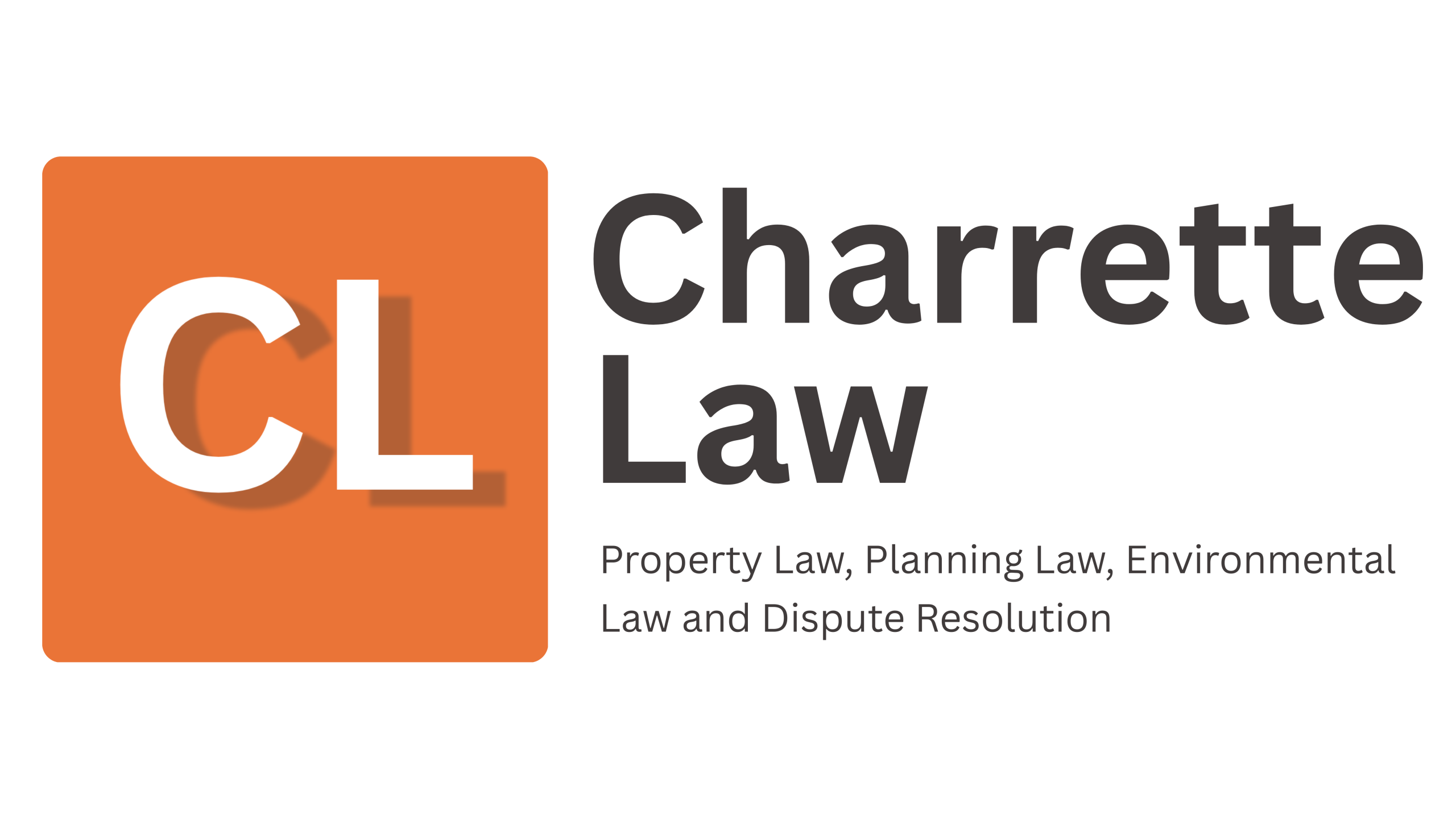Have you ever stood on land set for redevelopment and wondered what lies beneath the surface? Perhaps it was once an industrial yard or a petrol station. Today, it looks quiet, maybe even derelict. But what if its soil holds a legacy of chemicals, solvents, or asbestos? What if that contamination is not only an environmental concern but also a legal and financial trap for whoever owns or develops it?
This is not just about geology or planning. It is about liability, cost, and managing risk when the past refuses to stay buried. Contaminated land in the UK is governed by specific legislation. The consequences of getting it wrong are severe, but with the proper guidance, they can be managed. This is where firms like Charrette Law offer significant value, helping clients navigate these hidden challenges with confidence and clarity.
What is Contaminated Land?
The term may seem self-explanatory, but its legal definition is far more precise than many assume. Contaminated land is land where substances are present that are causing, or could cause, significant harm to people, property, or protected species. It also includes land that could pollute controlled waters, such as rivers or aquifers.
But knowing that a harmful substance exists is not enough. For land to be classed as contaminated under the law, there must be a pollutant linkage. That means there must be a contaminant, a pathway, and a receptor. The legal threshold is not met without all three, even if the land appears risky.
Understanding this framework is vital. It dictates whether a local authority can serve a remediation notice, determines who will be liable, and shapes the strategy for how a development or transaction should proceed. Charrette Law understands this structure intimately and works with clients to ensure that their liability position is clear before any binding decisions are made.
What is the Legal Framework?
The statutory basis for dealing with contaminated land in the UK is found in Part IIA of the Environmental Protection Act 1990. Introduced in 2000, this legislation created a formal regime under which local authorities must identify contaminated land and ensure that it is remediated.
Once land is identified as contaminated, the enforcing authority can serve a remediation notice. This is not a recommendation. It is a legally binding demand. Non- compliance is a criminal offence. The cost of clean-up, the administrative burden, and the reputational damage can be significant.
Charrette Law helps clients avoid being caught off guard by this process. They guide buyers, developers and lenders in understanding whether land could be identified as contaminated and how to respond. The firm is often involved long before the point of enforcement, advising on site appraisals, planning submissions and transaction structuring.
Who is Liable?
The law aims to ensure that those who caused or knowingly permitted contamination are the ones who pay to clean it up. These are known as Class A persons. But what happens if those parties cannot be found or are no longer solvent? The liability then passes to the current owner or occupier of the land, known as a Class B person.
This distinction matters because Class B persons may be entirely innocent. They may have purchased the land without knowledge of its history. They may have relied on environmental searches that failed to flag a risk. Yet under the law, they could still be forced to remediate.
Charrette Law works with clients to understand their position in this hierarchy of liability. They review past uses, assess contractual protections, and provide risk assessments that help determine whether an incoming party will likely become a Class A or B person. This early-stage advice can make the difference between a viable and unmanageable project.
How is Contaminated Land Risk Managed in Transactions?
Buying or selling land with potential contamination is a delicate business. It requires careful legal drafting, informed negotiation, and often, specialist insurance. The tools most used include warranties, indemnities and contractual conditions.
Warranties are statements of fact. A seller might warrant that they are unaware of contamination or regulatory breaches. Indemnities, conversely, are promises to reimburse the buyer for specific losses. They can be tailored to cover environmental claims, remediation costs or enforcement notices.
But these tools must be used carefully. Poorly drafted indemnities may be unenforceable, and warranties that rely on vague knowledge qualifiers can create disputes later. Charrette Law brings decades of experience to this area. They know how to draft provisions that protect their clients, not just in theory but in practice.
Is Insurance a Viable Solution?
Environmental insurance plays an increasingly important role in dealing with contaminated land. It offers protection against costs that might arise after a transaction. Policies can cover legal defence, remediation work, third-party claims and loss in property value.
There are two main types of cover. Contaminated land indemnity insurance is often used in transactions. It provides a buffer against historic contamination that only becomes apparent after purchase. Environmental impairment liability insurance is broader and is often used by businesses with ongoing operational risks.
Charrette Law does not treat insurance as a substitute for good legal drafting. Instead, they integrate it into a broader risk management plan. They work with brokers to secure appropriate terms, review exclusions, and ensure that the policy fits the site’s actual risk profile. Insurance becomes one layer in a layered approach, not a single line of defence.
What Role Does Planning Play?
Many contamination issues arise in planning applications. When a site is being redeveloped, planning authorities often require contamination assessments. If risks are identified, they may impose conditions requiring remediation before construction can proceed.
Charrette Law works closely with planning consultants and environmental specialists to ensure that planning submissions address these risks. They review draft conditions, negotiate alternatives, and help integrate remediation into the more exhaustive development timeline. This coordination ensures that environmental obligations do not delay progress unnecessarily or become a financial surprise.
What Does Best Practice Look Like?
In Charrette Law’s experience, the most successful clients act early. They ask the right questions at the right time. They treat contamination not as an afterthought, but as a core component of due diligence and deal-making.
That means ordering environmental searches early, commissioning site investigations when needed, reviewing historical use records, asking whether indemnities and warranties in draft contracts are adequate, and checking whether insurance is available, affordable, and suitable for the risk.
Charrette Law does not just tick boxes. They help clients build a coherent strategy that integrates environmental due diligence, legal protection, and commercial practicality. It is flexible enough to evolve but strong enough to withstand scrutiny.
Final Thoughts
Contaminated land is not rare, nor is it always obvious. It can derail planning applications, delay construction, and result in costly enforcement. Yet, it is a risk that can be managed with foresight, expertise, and the right team.
Charrette Law is one of the few firms that combines deep legal knowledge with a pragmatic, solution-oriented mindset. It works with developers and buyers, planners, insurers, and environmental specialists. Its goal is not simply to identify risk but to help clients overcome it.
If you are facing a site with potential environmental issues, ask yourself: Do you understand the risk? Are your contracts strong enough? Have you considered insurance? Most importantly, are you working with someone who knows how to put all these pieces together?
With Charrette Law, you do not just get legal advice. You get a partner who understands what contaminated land means—and how to deal with it.

